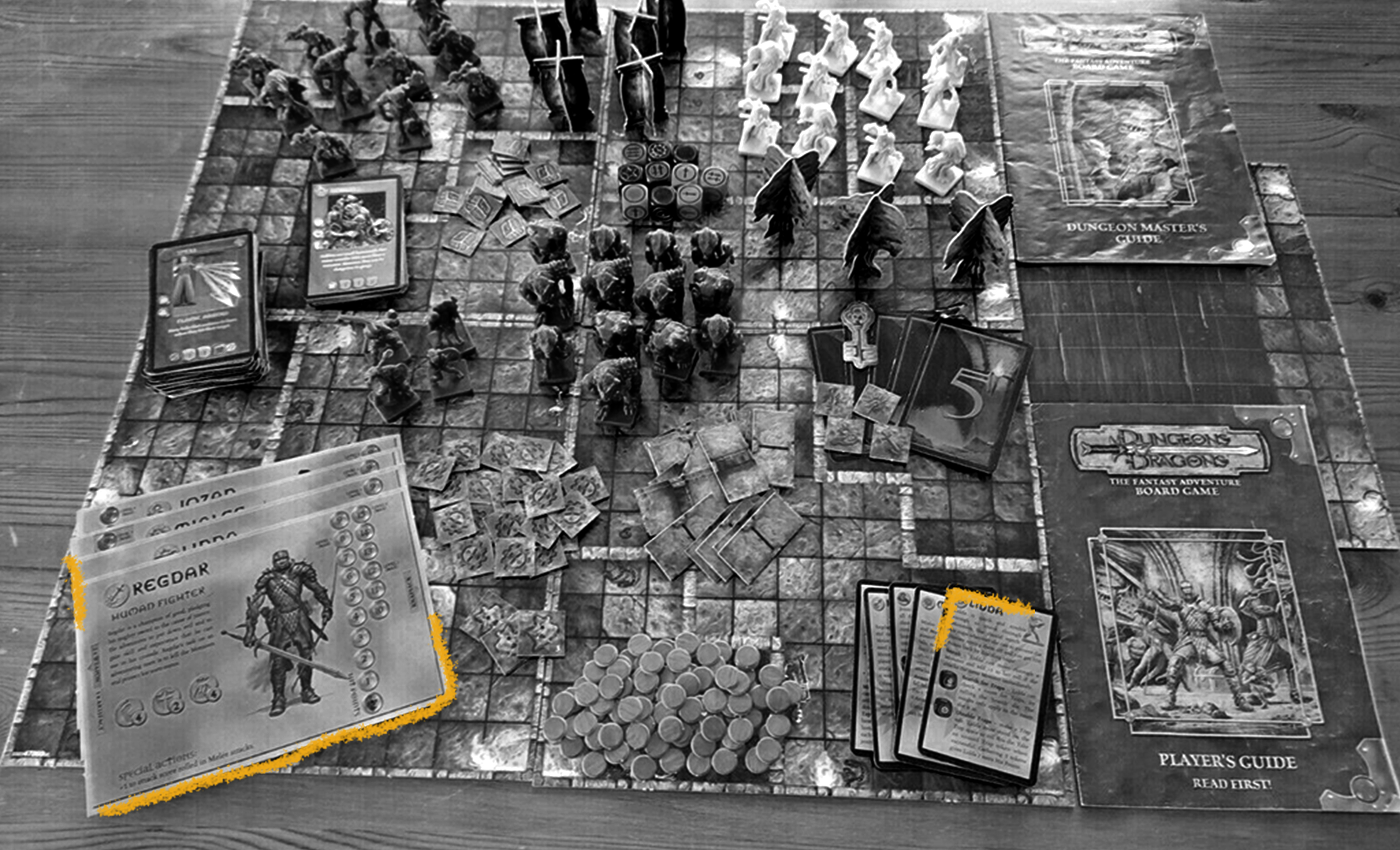Dungeons & Dragons, or “D&D” for short, was created in the 1970s when Gary Gygax and Dave Arneson added role-playing to the war-themed strategy games they enjoyed. Their game was partially based on H. G. Wells’ 1913 instructions for war games. It also combined imagination, storytelling, and strategy in a game for the first time, creating an entirely new mode of play that was aimed at adults but harkened back to the imaginative play we all engage in as children. Special 20-sided dice were created for the game, as was the unique role of the Dungeon Master, a sort of narrator and master planner of the in-game adventure. In addition to in-person gameplay, Dungeons & Dragons lent itself well to computerized play. When the Internet arose, this opened up a whole new level of immersive play online. In fact, similar “massively multiplayer online role-playing games” (MMORPGs) like World of Warcraft owe a large debt to Dungeons & Dragons, which itself remains incredibly popular today. But perhaps Dungeons & Dragons' most enduring legacy is that it was the first successful game to allow older children and adults to engage in imaginative play; in fact, this is likely why the game remains so popular decades after it was first created.

Your go-to guide for weird history facts
Subscribe to the FREE daily email that makes learning about history fun.


